The first Nintendo Switch was such a revelation that it quickly upended the entire gaming market. Where Sony and Microsoft were busy competing for raw power, Nintendo sidestepped all of that to focus on something far more ephemeral: fun.
When it debuted, it was met with a mixture of awe, incredulity, and curiosity. Was it a handheld? A tablet? A home console? All three? But how?
Eight years later, it wouldn't be crazy to argue that Nintendo won not just the PS4/Xbox One console era, but the next one as well. To date, it is the third best-selling console of all time, right behind the PS2 and Nintendo DS, and Nintendo's continued support means it has a chance of becoming number one.
So, when the Switch 2 finally released, in the midst of tariffs and leaks and wild expectations, it was met with a resounding: "Yeah, it's OK." Which, to some, felt like a letdown. This is, after all, Nintendo. There should be a new gimmick.
But perhaps this time the gimmick is that Nintendo has just done the obvious: it's made a console that improves on perfection, and does it so well you don't want anything else.
After all, Nintendo thinks in generations. They're a company that exists for the future. Mario, Link, Zelda, Pikmin, Pokemon, and many more are icons. They're recognized globally even if you're not a gamer. For Nintendo, the console represents an entry point into their ecosystem that comprises more than just games. It's toys, books, comics, and even theme parks.
The Switch 2 is a great console, that much is clear. But for the first time it doesn't feel like it ends there. Instead, it's an invitation to invest into more of Nintendo than ever before, and the promise it delivers is more enticing than ever before.
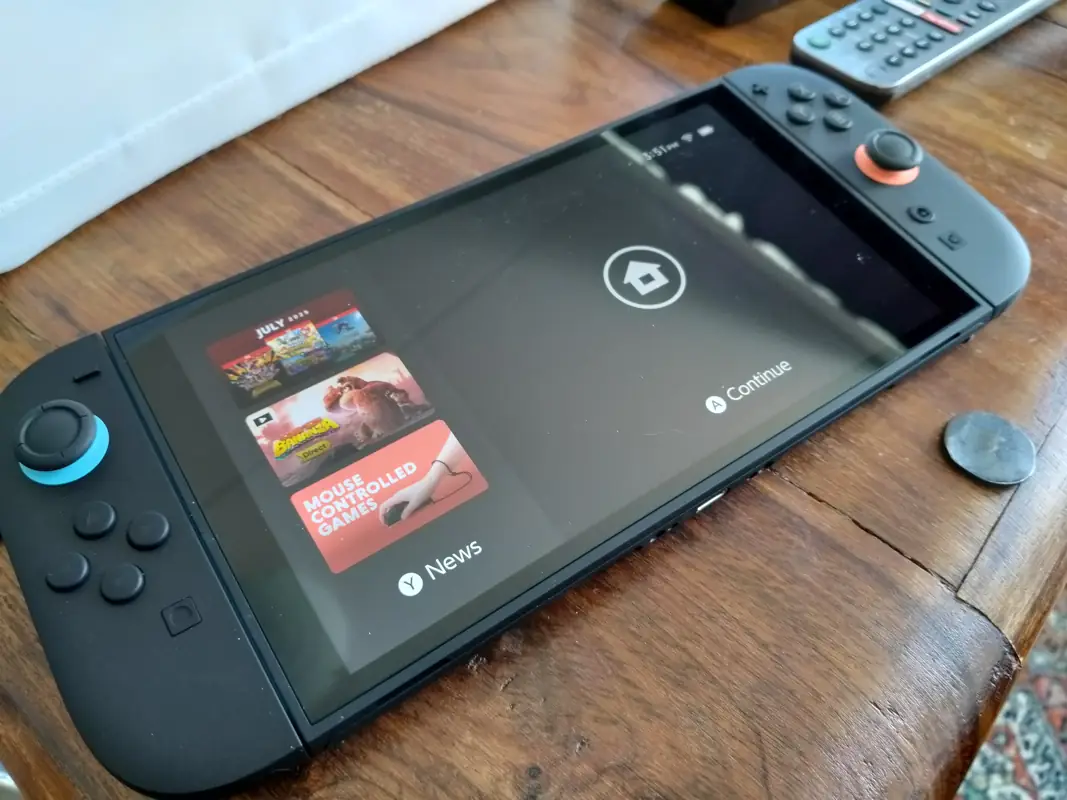
Who's It For?
Tech enthusiasts, reviewers, and "hardcore" gamers often live in a bubble where they own every newest piece of gear that is released. Most don't do that, and while approximately half of US households owned a console in the 2021 Statista survey, most only would purchase a single machine alongside a work PC or laptop.
So, in short, the Nintendo Switch 2 is for those who bought the first Switch and didn't upgrade to an OLED model or any other console in the meantime. In theory, you could be a PlayStation 5 owner and still go for the Switch 2, especially if you're after the first-party titles that Nintendo doesn't provide for other platforms.
In previous years, a Nintendo console has meant a compromise of sorts. If you buy one, you know you're not getting third-party titles that prove too demanding for it. This time, that's no longer the case, as Nintendo has pushed hard for a device that attracts designers and publishers better than ever before.
In fact, it's currently the only console to receive a flagship Soulslike title made by FromSoftware, the studio behind Elden Ring. If someone had told me that five years ago, I would have laughed at the idea. Yet here we are.
For families, that makes the Switch 2 an even more enticing proposition. It's the everything console, one that works for the youngest kids, the most casual gamer, and the hardcore parent who still wants to occasionally kick back with Resident Evil or Street Fighter.
For the first time in ages, it means there are no caveats to the recommendation. Do you like Mario, Zelda, Pikmin, Pokemon, and the like? Get a Nintendo Switch. You'll still be able to get into almost every other major title from third-parties, and you won't have to compromise on their quality. Because of such a vast first-party lineup, Nintendo offers something no other console can at the moment.
They have games that move entire systems.
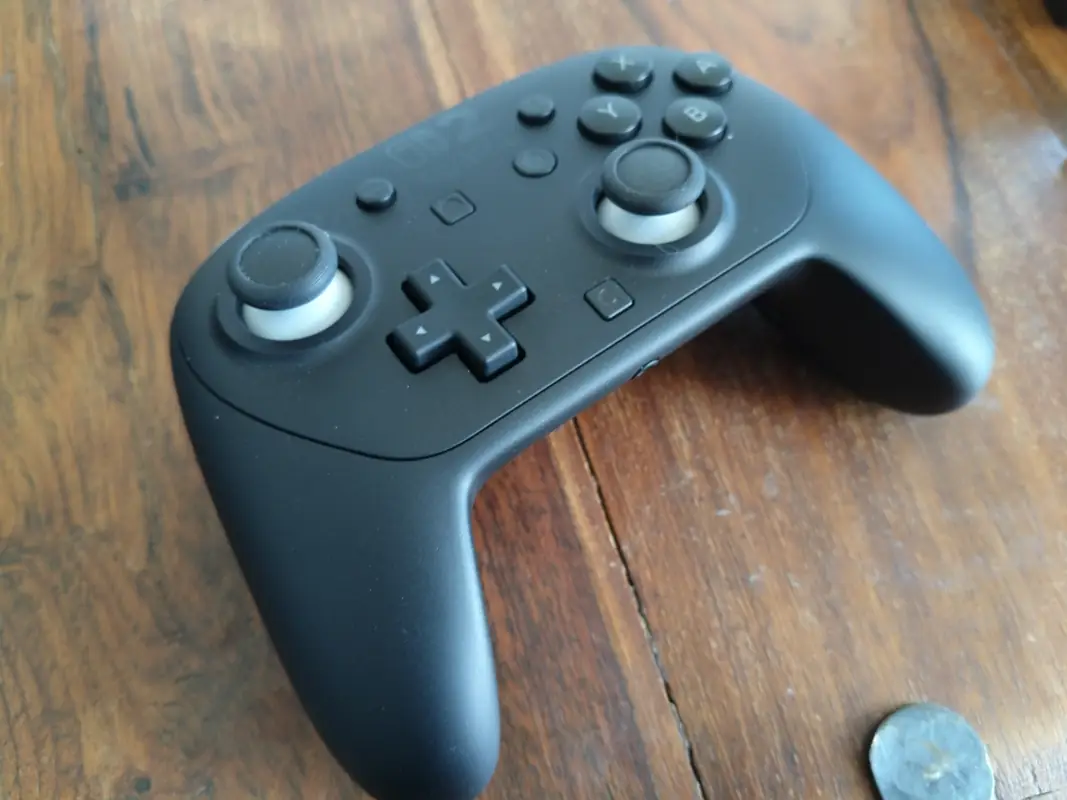
The Technology
Nintendo has never chased power with their consoles, which has given them the range and opportunity to craft unique devices that look and feel distinct from the competition. The Switch 2 is an oddity in that regard, in that it looks, well, like a Switch. In fact, its new design is a bit closer to the Steam Deck or ROG Ally, both handheld devices that chased Nintendo's groundbreaking console to the market.
The Switch 2 has a larger, brighter screen, which is now 1080p with HDR and a variable refresh rate. For general users, this means a clearer, brighter picture that's easier on the eyes. Physically and mentally impaired users, including those on the autism spectrum, will be happy to hear that the new refresh rates are fantastic if you suffer from vertigo and get nauseous while playing on the go.
Nintendo has never chased power with their consoles, which has given them the range and opportunity to craft unique devices that look and feel distinct from the competition.
The screen is an LCD panel, which isn't as vibrant as an OLED, but it's still a noticeable improvement over the original Switch. Eight years makes a huge difference in panel technology, and in everyday use I wouldn't fault the Switch 2 screen for any major downsides. It's bright when it needs to be, there's very little glare even in direct sunlight, and the speakers get really loud if need be.
There's also a brand new kickstand, which is such a huge improvement it makes the original look downright silly.
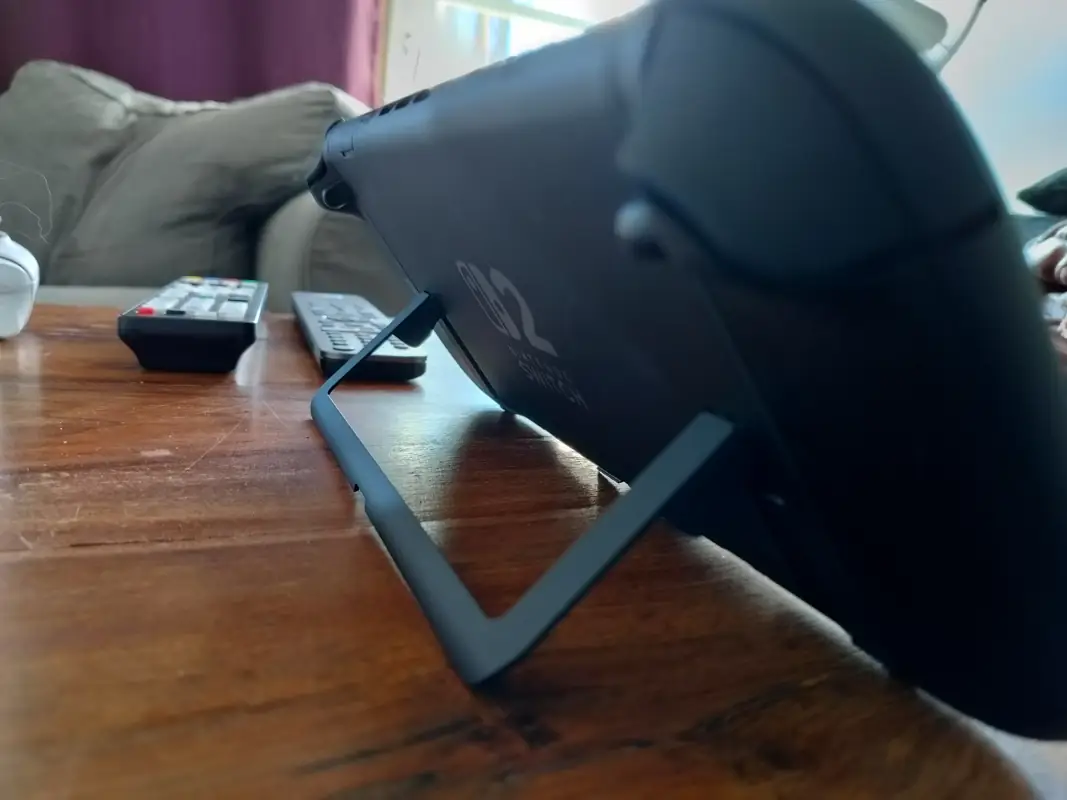
The Switch 2 comes with 256GB of internal storage, which is a huge boost from the 64GB the original Switch had. Granted, the games are larger too, so if you're going fully into this as a digital gamer, you're going to want to expand storage with an SD card.
The new storage format is now MicroSD Express, which means games won't automatically play off cards from the previous generation. You can still use the old cards as storage devices, but it will require you to shuffle games back and forth onto the main unit before you play them.
Switch 2 games are region free, which is still a welcome and fantastic inclusion. The Japanese Switch 2 console is region locked, but all other regions work just fine together.
The battery on the Switch 2 is a 5,220 mAh Lithium-ion one that is glued into place and cannot be removed by the user without specialty tools. You can read more about how the battery lasted in my testing below.
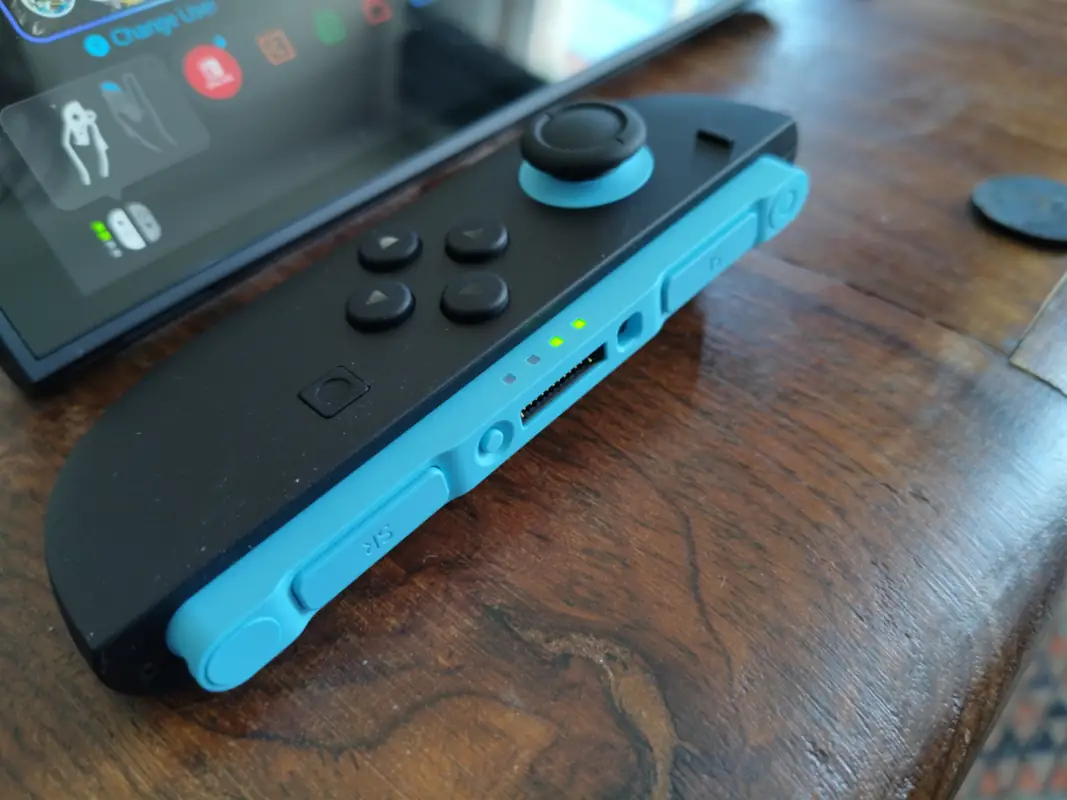
The Joy Con 2 controllers are larger, sturdier, and now connected by magnets. Each of these improvements is more than welcome, as the new controllers are notably better in every way. The magnets, in particular, are fantastic, and their removal and attachment feels intuitive right from the start.
The controllers sadly still use the same analog sticks as in the past without the Hall effect sensors fans were hoping for. This means they're still limited in range and don't have quite the same smoothness as a PlayStation 5 controller. But, it must be said, they feel better in use than the previous generation. If you only use Joy Cons, you'll be very happy with these.
The Switch 2 comes with a new "C" button that's designed for easy chatting with friends. The GameChat feature is a hassle to setup though, and it's still a better idea than it is a function. You first need to have a smartphone at hand, which is connected to a Nintendo account. Then, you scan a QR code from the television and connect the accounts online. After that, every time you press the "C" button, a prompt comes up to join a new chat room or share a message with someone.
The GameChat function itself is fun though, and combined with a webcam it's surprisingly engaging to see your online friends react to situations in real-time. It comes with some downsides: the image quality is horrendous and if they share their screen, the image is capped at something like 10-15 frames a second, resulting in a choppy stream.
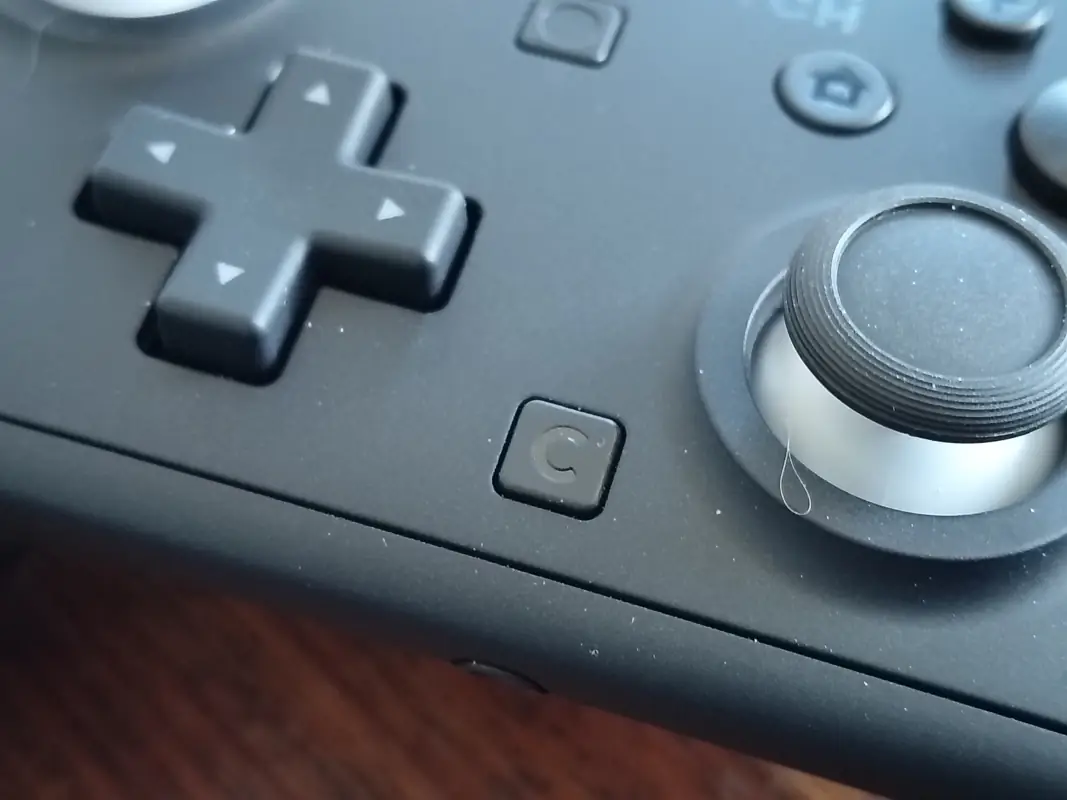
The Peripherals and Gear
My Nintendo Switch review copy arrived with a Switch 2 Pro Controller, which is just as superlative as the first generation one. The battery life on it is still nearly 40 hours, and standby time is incredible. At one point, I left it alone for almost a week, only for the battery to have remained exactly the same all that time.
The joystick on the Pro Controller 2 is smoother and sturdier than previous generations, and the buttons are more responsive as well. It sits beautifully in my large hands and pairing it with the Switch 2 was as easy as ever.
Luckily, all Switch gear, apart from a few specific titles like the Labo line, will work seamlessly on the Switch 2. That means if you've already got a healthy assortment of peripherals, don't worry, they're not useless now.
In fact, the Switch 2 is a joy to use because of how easy and intuitive it is to pair the old with the new. Click one button on the controller when in the controller pairing screen, and you're set. The strong Bluetooth connection will handle the rest.
USB-A connected controllers, likewise, are a simple case of plug-and-play. I tested out PDP, Turtle Beach, and Nacon controllers with the new generation device and had no issues with any of them. It's especially a treat to use the retro Nintendo GameCube reprint controllers to play Wind Waker HD on the big screen again.
All Switch gear, apart from a few specific titles like the Labo line, will work seamlessly on the Switch 2
Likewise, most external accessories that operate via USB will work, provided the Switch has a use for them. Webcams, for example, will mostly work without issue. I use a basic Logitech budget cam, and it has shown no issues after a simple plug-and-play operation. I even plugged in an external mic and it picked up a signal, which was wild.
As for Bluetooth connections for headsets, I noticed issues with my Sony XM4 over-the-ear pairing, and my Turtle Beach headset experienced some annoying stuttering during playtests. These are issues that can be solved with a simple patch, so let's hope Nintendo gets on that with the next system update.
Meanwhile, Airbuds like the Pixel Buds and Airpods worked without any issues, both handheld and in docked mode.
All in all, the Switch 2 does everything the first Switch did, only better. It's a continuing theme, but a welcome one. Especially since it's this consumer friendly. There's no need in present day to make any gear proprietary.
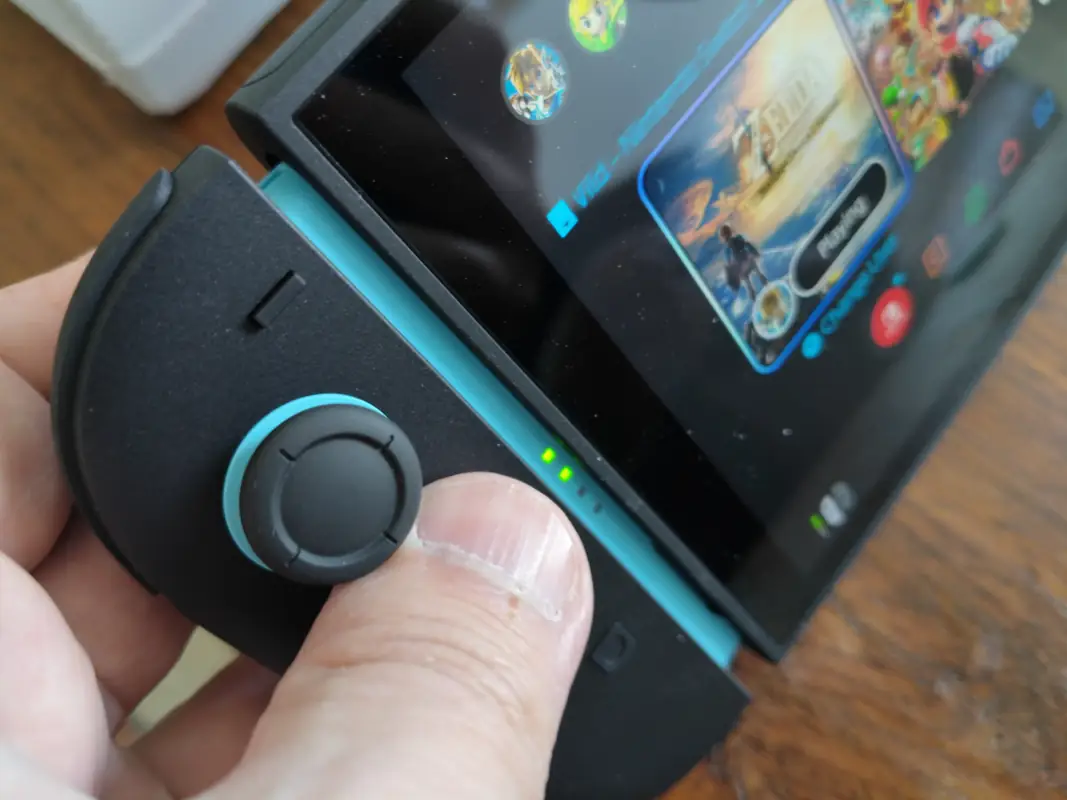
The Compromises and The Big Questions
The Switch 2 has decidedly worse battery life than the previous Switch, which is to be expected due to a bigger screen and more power hungry processor. That said, it's still a downer consider just how much worse it is compared to the prior generation.
During my testing, I averaged around 2 to 2.5 hours of game time before the console died out on me. The longest I eked out was a bit closer to 3 hours when playing Final Fantasy 9, which is a PlayStation 1 title, and super undemanding. Mario Kart World, on the other hand, drained the battery in just under 2 hours. I can't even imagine what more demanding titles will do when they arrive.
During my testing, I averaged around 2 to 2.5 hours of game time before the console died out on me.
This is clearly the biggest problem on the console right now, and one that I can't see Nintendo fixing with even just software updates. The battery is glued into the device, which means you can't repair or change it on your own. This makes repairability a major issue down the line, not to mention user-friendly modding, should you want to install a larger battery later on.
Granted, my first-generation Switch lasted almost a decade before I needed to consider any battery replacements for it, and my Switch Lite survived the majority of its life before Bergsala, the Nintendo distributor in the Nordics, finally relieved it to a life on the farm upstate after an electrical issue.
But one of the major draws of the Switch is that it's a portable console as well as home device. At just two hours of battery life, it's a lot harder of a sell to recommend to those that are on the road often. Especially as the increased power draw means that it's unlikely you'll be able to charge the device on a plane or public transit with the USB chargers provided.
I tested out the charging on the go with my run-of-the-mill powerbank, and found the Switch 2 refused to draw any power from the meager output. Instead, a more expensive powerbank worked fine. So your experiences may vary.
Durability remains another concern. The Switch 2 has a gorgeous and big screen which comes with a pre-installed screen protector that Nintendo expressly warns not to remove. It scratches very, very easily though, so those who travel with their device often should seek another guard on top of it.
The magnetic Joy Con 2 controllers, on the other hand, feel sturdy, though I noticed that due to their size, they tend to press on the edges of the carry case I had purchased. This lead to a situation where, after traveling in my backpack for a day, the right Joy Con had issues with stick drift. Eventually, after some fiddling, it popped back into place and I couldn't replicate the issue. Nonetheless, it's scary enough for an expensive console like this.
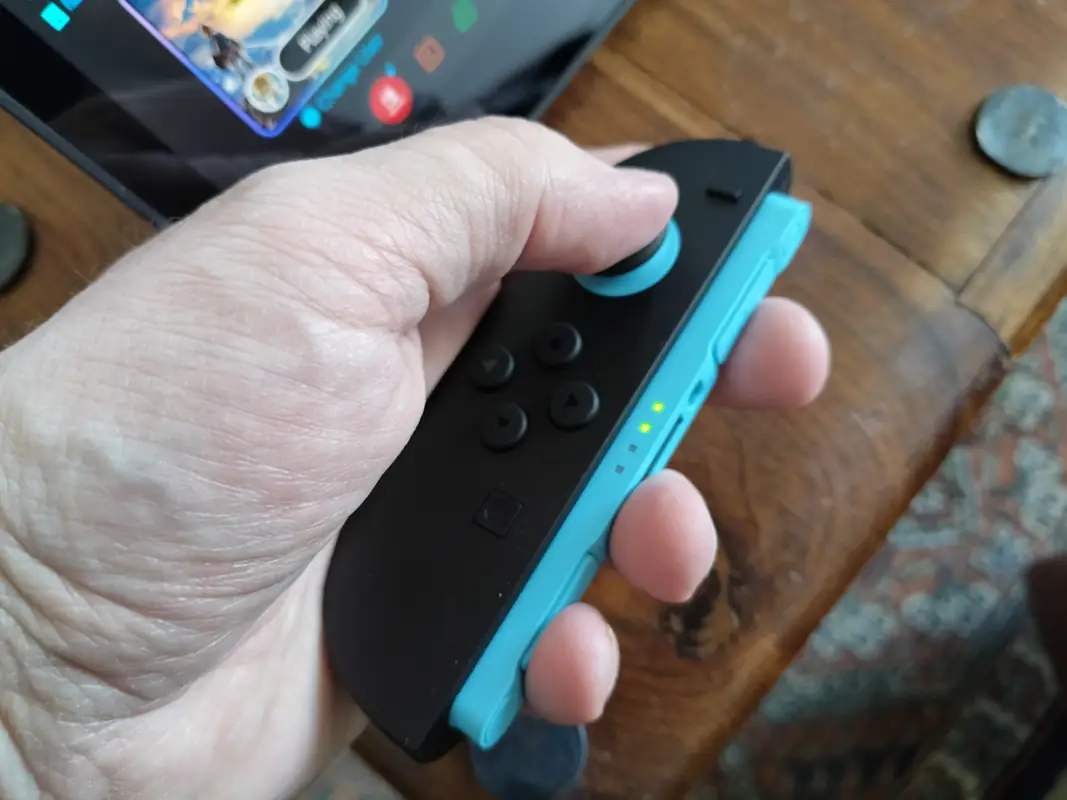
The Game Cards
The Nintendo Switch 2 uses different cartridges for its games than the previous generation. This is due to the games themselves requiring faster read and write speeds to function. The new format, Micro SD Express, currently only makes cards at 64GB and above. Which means games smaller than that will still require the larger, more expensive card to be manufactured.
To compensate, Nintendo offers a trade-off called the Game Key Card, which is exactly what the name says: a digital key on a cartridge that activates the download of the full game. For those interested in physical media ownership and game preservation, it's a terrible halfway measure that simply is not enough.
The worst case scenario is the digital game key in a box, which some of the releases are doing. This means you get a Nintendo Switch 2 case, but inside is just a slip with a code to download the title. Like last generation, it feels like an insult.
All of Nintendo's first party titles are currently entirely on the cartridge, and games like Zelda and Mario Kart World are hugely impressive on that front.
Luckily, all of Nintendo's first party titles are currently entirely on the cartridge, and games like Zelda and Mario Kart World are hugely impressive on that front. They work perfectly right off the cartridge, and they're a sign that Nintendo has not abandoned physical media, at least for now.
The issue is that this hasn't been communicated to consumers clearly. Right now, there are three types of game cards, each with different meanings.
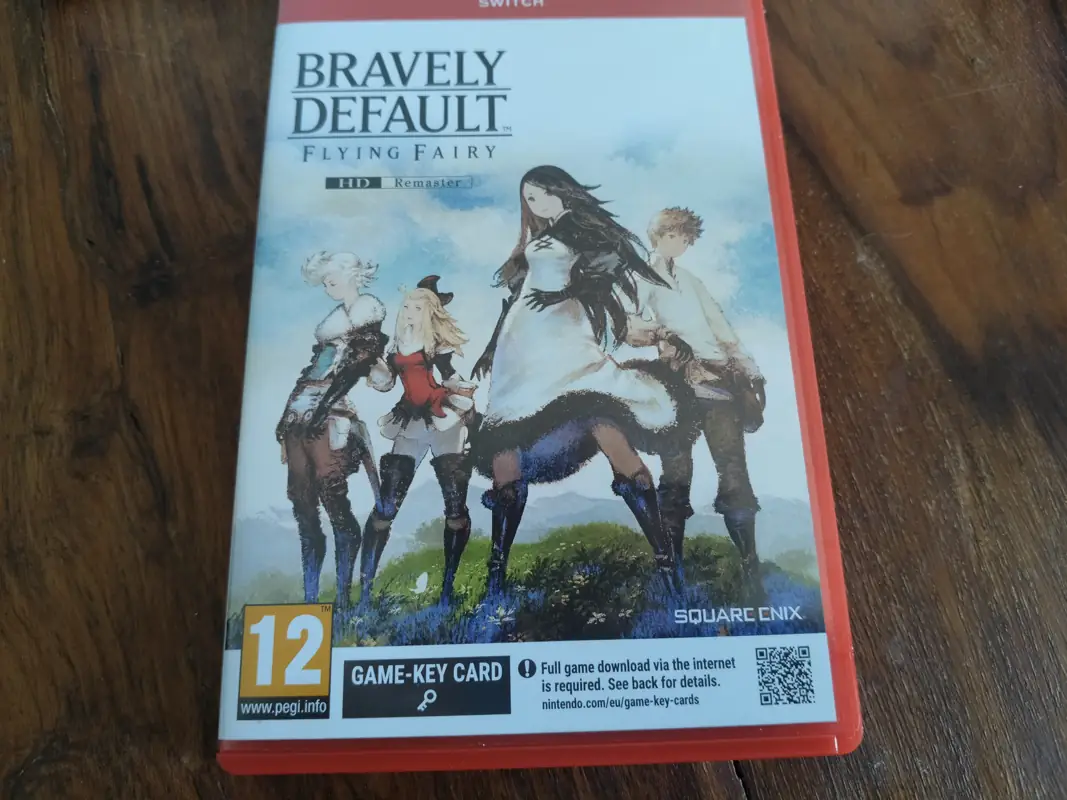
They are:
LP - Game Key Card: requires a download of the game.
LN - A full game key card that works across both platforms.
Granted, this is just for now, and things could change in the future. The SD Express is a new format, which means that demand could see smaller cards get manufactured soon. That would mean that publishers wouldn't have to use the most expensive 64GB cards to publish their smaller titles.
But it's a long shot, especially as games like Street Fighter 6 – which could easily fit on the cartridge – are released as Game Key Cards. Meanwhile, CDProjekt RED, the studio behind Cyberpunk 2077, has vocally come out to support physical media. Their Switch 2 release of their epic RPG title is one of the best ones on the platform currently.
At the present, the Switch 2 still offers a better, more compelling deal than any other console manufacturer when it comes to ownership and backwards compatibility.
Is this a deal-breaker? Not yet. It depends entirely on how Nintendo communicates the issue of ownership and preservation in the future, and whether or not SD Express cards become more readily available in different formats. Digital games aren't an issue as long as the consumer is given a chance to install them directly on SD cards and use them like physical goods. Currently, that's not the case, and it's unclear how it will be handled in the future.
Having said that, at the present, the Switch 2 still offers a better, more compelling deal than any other console manufacturer when it comes to ownership and backwards compatibility. The vast majority of old Nintendo Switch titles work directly with the new console, and some currently enjoy generational improvements in frame rates and resolution, thanks to publisher support.
If you already have a Nintendo Switch library, you shouldn't worry about upgrading at all. The Switch 2 is forward thinking by allowing you to preserve the past, and it should be applauded for that at every turn. If they can figure out a way to keep that preservation and consumer-friendly approach in the future, they'll remain the best destination for gamers for generations to come.
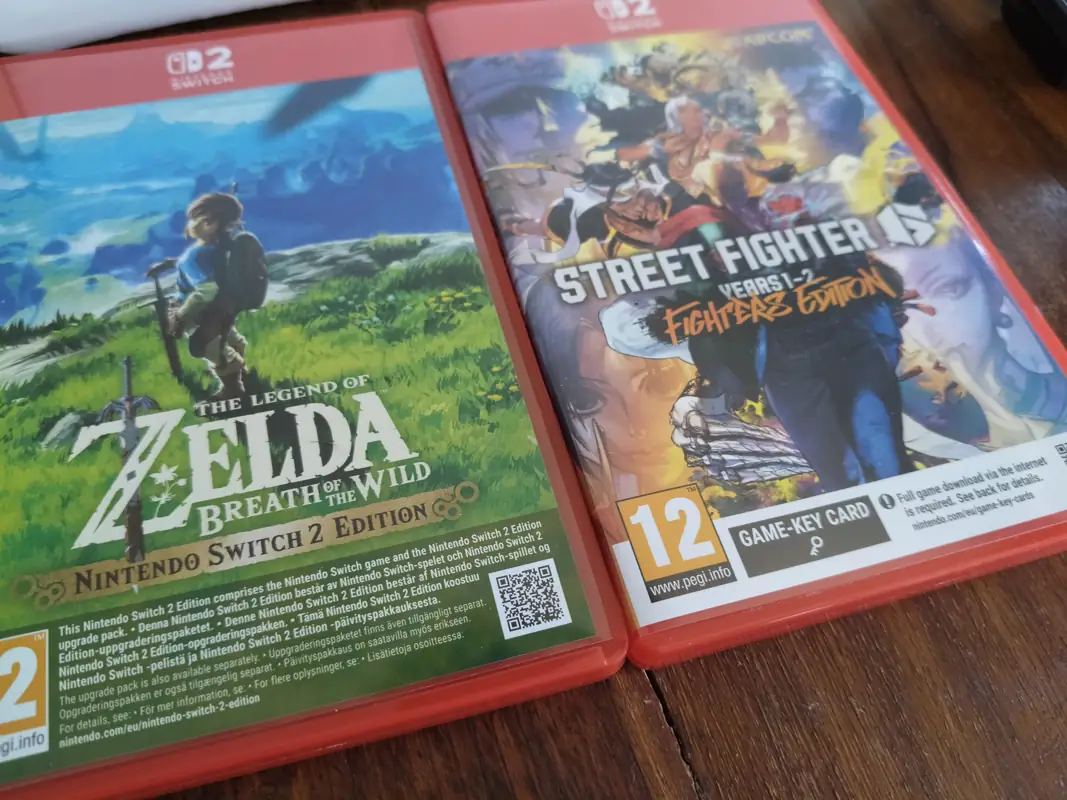
Verdict
The Nintendo Switch 2 is an upgrade and a refresh that will take some time before it shows what it's really capable of. For those who've held onto their original Switch, it's worth an instant purchase. Others should probably wait at least until the first Zelda or Mario title arrives.
As with every console generation, the first year is simply a time of settling in and figuring things out. Nintendo might be an outlier in many ways, but even they can't escape this truth. Right now, the Switch 2 is new, exciting, and an unknowable device that has immense potential.
But it's not finished, in a way. As it moves to a new cartridge format, new controllers, and a new/old screen, it takes steps away from the near-decade of tried and tested methods that customers have grown accustomed to. Whether or not these moves will work remains to be seen, and Nintendo hasn't responded to any of the questions regarding their games preservation or physical media in the future.
If you want some of the best first-party titles this, last, or the upcoming generation, you buy a Nintendo Switch. It's that simple.
What there is, though, is exactly what we hoped for. The Switch 2 is a delightfully powerful and fun upgrade that maintains the genius of the original. It's more of a home console this time around compare to the predecessor, but that only makes me more excited about the prospect of what the Switch Lite 2 will look like. The games themselves are stunning, and the backwards compatibility is peerless. There is so much to love here, even as we acknowledge the downsides.
If you have held onto the original Switch since it launched, upgrading to the Switch 2 is an easy recommendation. If you wait until the end of the year, you're bound to get a remarkable lineup of first-party titles to go along with it. If you wait until next summer, when Metroid arrives, the situation will be even better.
But if you just bought a Switch 1 OLED, you might be OK to hold off for now. Nintendo will support the original for years to come still, and your library will work on the Switch 2 just fine when you do decide to transfer.
That's the beauty of it, though. Nintendo has created a generational product, one that has built an ecosystem around it that is so vast, so well-defined, and easily playable, that there's no need to second guess your purchase. If you want some of the best first-party titles this, last, or the upcoming generation, you buy a Nintendo Switch. It's that simple.
Everything else can catch up when it needs to.
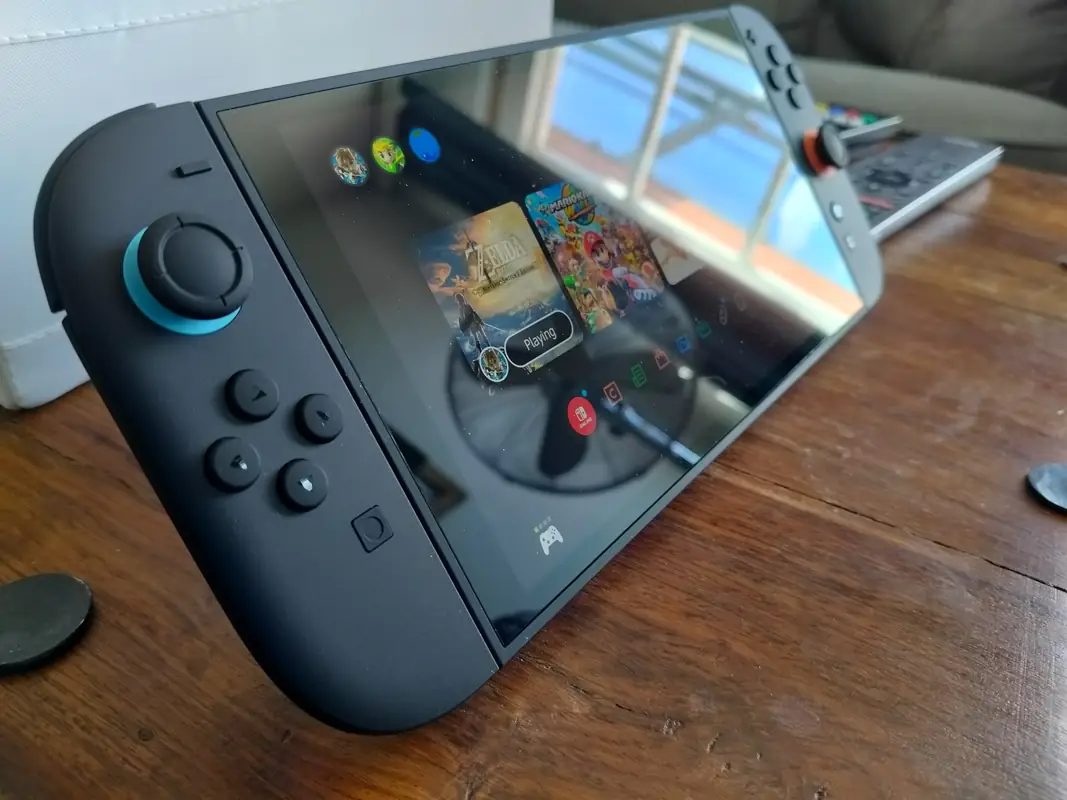
Review disclaimers
Nintendo received no advance copy of the text and had no input into the content.
If you want to read more about my reviews policy and transparency, you can do so here: https://toisto.net/how-i-review/









